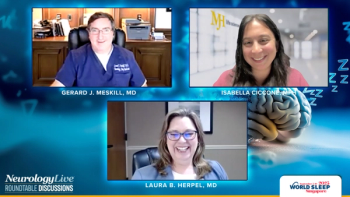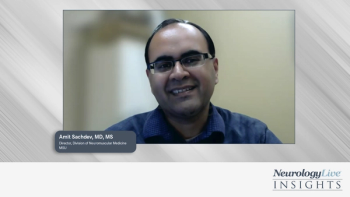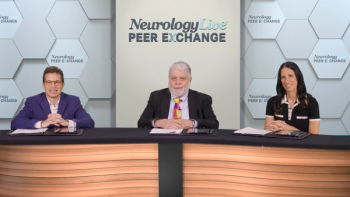
Intracranial Pressure Monitoring in TBI Associated With Poorer Recovery, Raising Questions About Its Use
Although the mortality among monitored and nonmonitored patients was similar, the monitored group had significantly more patients with severe disability and fewer with good recovery at 6 months.
Recently published findings from the CREATIVE prospective cohort trial showed a significant association between intracranial pressure (ICP) monitoring and worse patient outcomes among individuals with traumatic brain injury (TBI) who met the guidelines for such intervention. Patients on ICP monitoring also showed more frequent use of medical interventions and their significant adverse events (AEs), which may have played a role into worse outcomes.1
Published in Jama Network Open, the 5-year analysis included 1448 patients with TBI from 43 intensive care units in Italy and Hungary, 504 (34.7%) of which underwent ICP monitoring (median age, 45 years) within the first 2 days of their injury. Only patients with TBI who met the Brain Trauma Foundation guidelines for ICP monitoring were selected for the analyses, which were performed from January to November 2022. The study specifically used changes in the Glasgow Outcome Scale Extended (GOS-E) score to assess functional disability.
Senior investigator Guido Bertolini, MD, head of the Mario Negri Institute for Pharmacological Research, and colleagues used 6-month GOS-E scores as the primary end point. Monitored patients were younger, presented fewer comorbidities, had more injuries in body areas other than the head, and underwent surgical interventions more frequently.
At the end of the 6 months, a higher proportion of patients on ICP monitoring demonstrated severe disabilities such as death/vegetative state (39.2% vs 40.6%), severe disability (33.2% vs 25.4%) and moderate disability (15.7% vs 14.9%). Good recovery was also more frequent in the nonmonitoring group (19.1% vs 11.9%; P = .005). Similar results emerged from the sensitivity analysis after excluding patients with a missing 6-month GOS-E score.
When comparing the 2 groups, results showed no differences in mortality at ICU discharge (monitoring: 24.9%; nonmonitoring: 25.8%) and hospital discharge (30.0% vs 32.2%). Of note, significantly fewer monitored patients followed simple commands at ICU discharge (53.2% vs 67.8%). This group also had longer length of ICU and hospital stay and duration of mechanical ventilation.
After weighting, monitored patients received significantly more medical therapies than nonmonitored patients. This included medications like hypothermia, barbiturate infusion, indomethacin, mannitol, hypertonic saline, sedation/analgesia, and propofol, among others. The groups were similar for surgical interventions. Respiratory complications and infections were significantly more common in monitored patients, with other complications being similar.
CREATIVE originally included more than 8000 patients with TBI from 83 ICUs from 7 countries who joined the CREATIVE consortium. Considering the fact that only one-third of patients meeting criteria from 43 ICUs were actually monitored, and the use of monitoring varied considerably, the authors noted that these findings reflect a “high degree of uncertainty within the TBI-management community about the procedure."
Bertolini et al wrote, "Monitoring appears strongly associated with an increase in therapies, with ICP-lowering but also adverse effects. While longer ICU stays and increased therapeutic intensity levels can reasonably explain the higher frequency of respiratory and infectious complications, it is unclear why they would increase morbidity without altering mortality. Because the concept comes from a large, multicenter, well-matched study, the issue of treatment toxic effects, possibly in patient subgroups, warrants further investigation."
REFERENCE
1. Nattino G, Gamberini L, Brissy O, et al. Comparative effectiveness of intracranial pressure monitoring on 6-month outcomes of critically ill patients with traumatic brain injury. Jama Netw Open. 2023;6(9):e23334214
Newsletter
Keep your finger on the pulse of neurology—subscribe to NeurologyLive for expert interviews, new data, and breakthrough treatment updates.




































